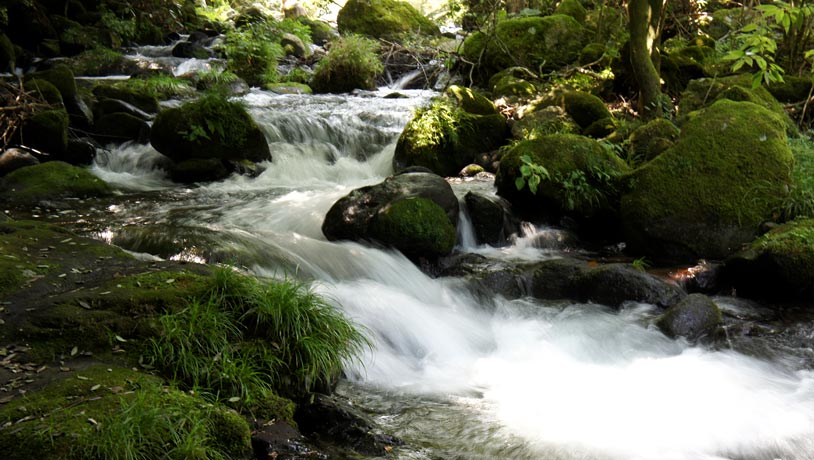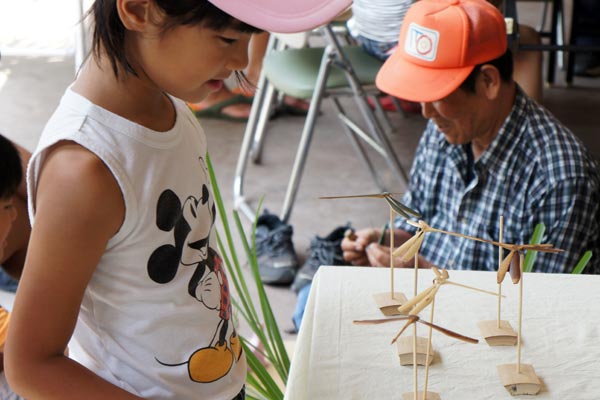- Izu Peninsula top
- General
- Earthquake and volcano
- Too many deer in Izu
- East
- Ito - its old buildings
- Anjin = Wlliam Adams and Ito
- Religious Charisma Nichiren
- Washtub race
- Yokikan - Spa ryokan
- Minami-Kaikisen: Auberge
- Ike and its paddy fields
- Summer has come!!!
- Inatori - fish, spa and more
- Central
- Banjo Waterfall
- Mount Amagi
- Shuzenji - old spa town
- Arabashiri - Bandai-Jozo
- Oomi Land - heart of Izu
- West and south
- Heda on the west coast
- Toi - Gold mine
- Matsuzaki - namako wall
- Izu-no-Chohachi - Plasterer
- Kumomi on the west coast
- Shimoda - Tojin-Okichi
- Cottage life
- Fishing in Usami
- Start of my fishing life
- Training camp in Amagi
- Cottage life / music&drinks
- Party in Izu - part 2
- Party in Izu - part 1
- Sunday morning concert
- Ice and snow in Amagi
- My summer house
- Restaurant and eatery
- Let’s eat Izu-Deer!
- Isui-an - exquisite soba
- Sugizen - big prawn fry
- Sayang - Bali restaurant
- Restaurant Tanaka
Banjo Waterfall and Jizodogawa River

 | Crapemyntle |
While I spent time in Izu together with my orchestra friends, I went again to Banjo-no-Taki (Banjo Waterfall) on a hot and sunny day. When I was showing the waterfall to my friends, I did not notice it. However, after coming back home and comparing the photos I took there with those I took two years ago, I was surprised. If you put your cursor HERE, you will see the same waterfall in May 2009.
We can immediately see from the comparison that the water volume reduced a lot this time, presumably due to scarce rainfall in the previous days. But, the more outstanding difference was that the bush which existed on both sides of the waterfall disappeared this time. If we see more carefully we can notice that the surface of the cliff was repaired and there are traces of cement between rocks.
I thought that this was done to prevent the collapse of the cliff in case of heavy earthquakes. In fact on 11th August 2009, only three months after my previous article, a heavy earthquake measuring 6,3 at the Richter scale occurred in the offshore of Shizuoka Prefecture and the area around Banjo Waterfall was hit with the intensity of 6 (7 is the highest level of intensity). Therefore, it is understandable that people in this region felt it necessary to take preventive measures against accidents. However, the naked cliff with net-like cement lines is simply ugly and I hope that the greenery grows rapidly to cover the wounded places.

A dragonfly resting near the basin of Banjo Waterfall.

Rapids of Jizodogawa River - some 20m above Banjo Waterfall.

Kodaki (Small Waterfall) exists 7 minutes' walk from Banjo Waterfall.

Jizodogawa River continues a few more hundreds meters up from Kodaki.
There is a walk along Jizodo River. Jizodo River originates at the northern foot of Mt. Banzaburodake, the highest mountain in Izu, and flows as long as 3,3 km and merges with Sugahikigawa River. Sugahikigawa merges into Oomigawa River and Oomigawa with Kanogawa River which is 46 km long and the longest river in Izu.
Jizodogawa is thus one of the numerous tiny rivers of Kanogawa River system. Though short, Jizodo River is abundant in fresh water and its valley is famous for wasabi (Japanese horse radish) production. The river is also famous for its rich fish stock; iwana (char), yamame (a sort of trout), niji-masu (raibow trout), amago (red spotted masu trout) and other kinds of sweet water fish.

The main place of Banjo Waterfall festival - children gather to watch how to make straw grasshoppers.

An older man makes a grasshopper from rice straw.

A child watches dragonflies made from bamboo

Every year local communities organize Banjo Waterfall Festival at the beginning of August. The festival lasts a week and numerous events including music concerts and performances take place in the park and camping place near the waterfall. As we visited the waterfall early in the morning, not many events started yet. However, several senior people showed how to make grasshoppers with rice leaf and dragonflies with bamboo and small children were gathering around.
